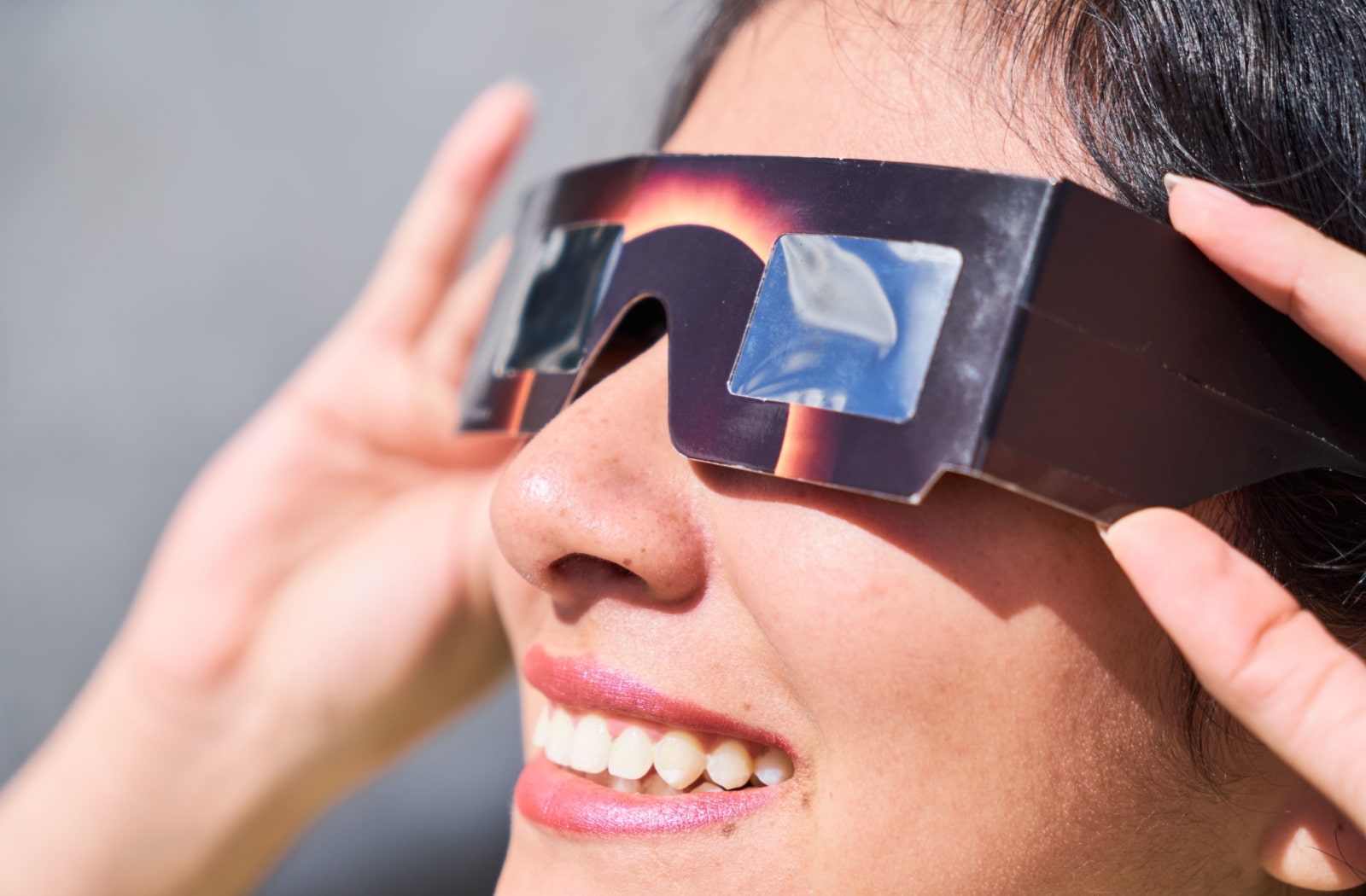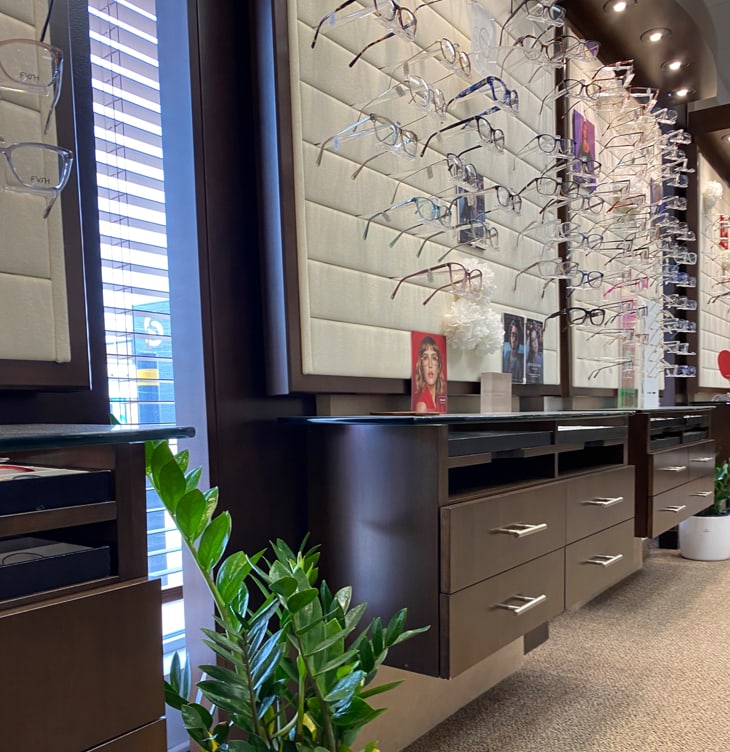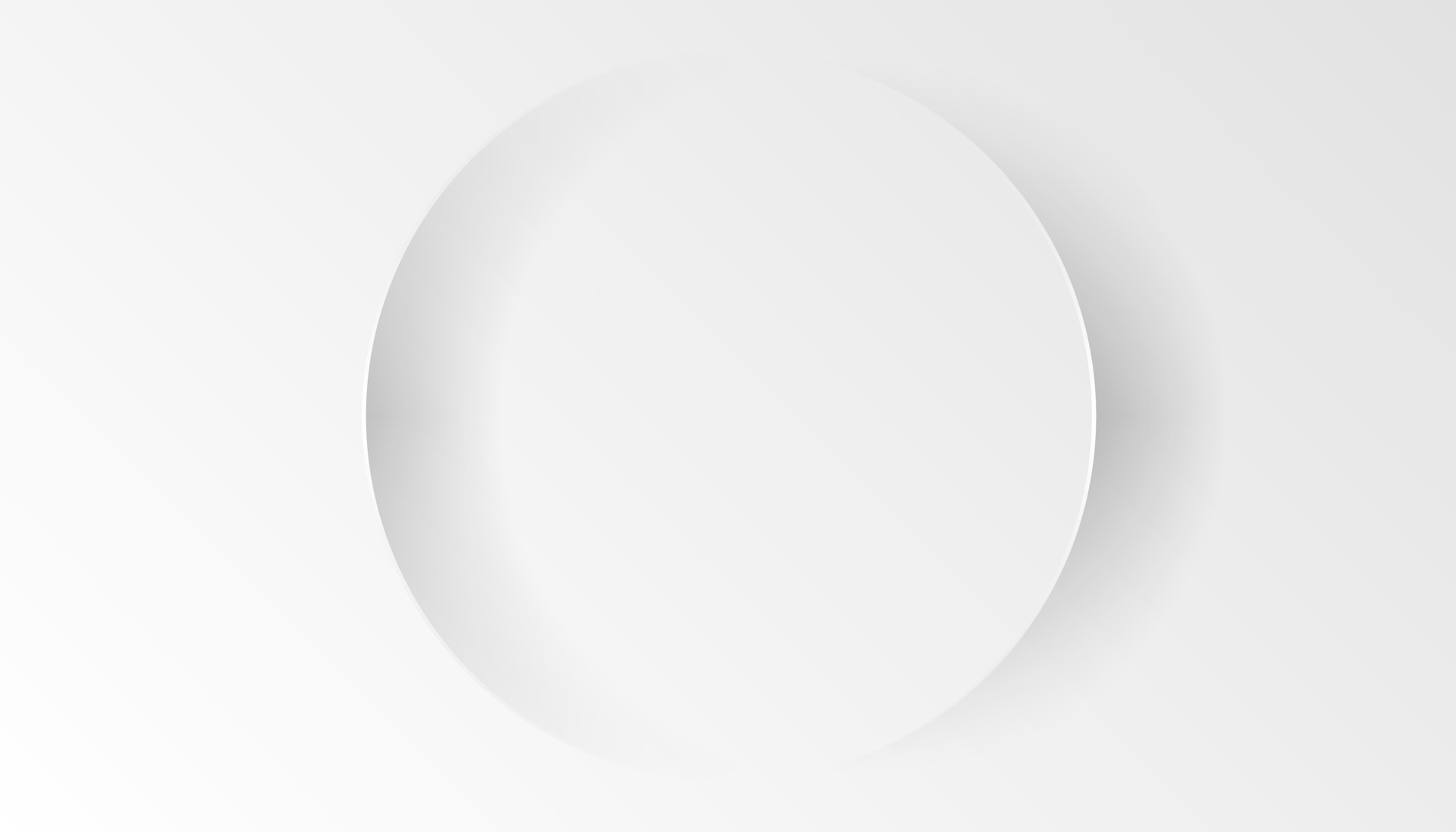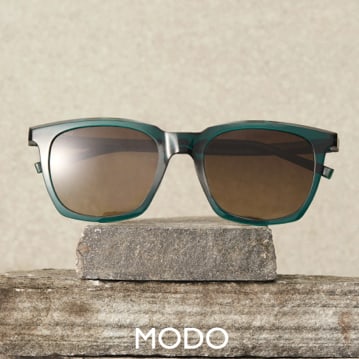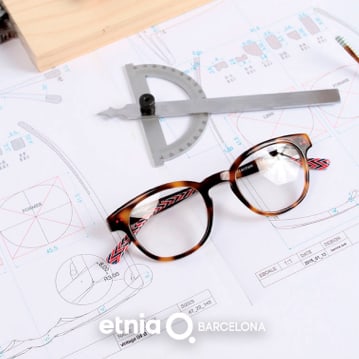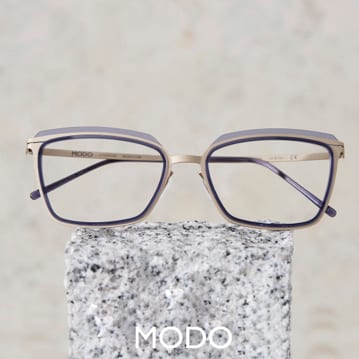The celestial theatre will grace our skies with a grand spectacle on April 8, 2024—a total solar eclipse visible across parts of North America. It’s a moment when the natural world’s rhythms catch the human imagination, inviting us to look upwards and share in the cosmic dance.
But amid this excitement, it’s paramount that we discuss an aspect often overshadowed by the eclipse’s awe: eye safety. Staring at the sun, even during an eclipse, can cause severe and permanent vision damage. So, it’s critical that you take steps to protect your eyes by using specialized solar-viewing glasses or a pinhole projector.
You may be tempted to use regular sunglasses, but these will not provide adequate protection for your eyes to look directly at the eclipse.
Understanding Solar Eclipses
A solar eclipse occurs when the new moon passes between the sun and the Earth during daytime, obscuring the sun’s disc and casting its shadow on Earth. This cosmic alignment is a delicate balance of distance, size, and gravitational pull, a product of the dance between two of our three cosmic neighbours. The full effect is mesmerizing—the sky turns to twilight, and the corona, the sun’s outer atmosphere, appears as a silvery halo around the blackened sun.
The April 2024 event is a total solar eclipse, which means the moon will completely cover the sun’s disk as seen from Earth. This is a rare and awe-inspiring event. And one that draws significant attention from observers. But the intense and focused light still present beyond the moon’s eroded outline poses a real threat to the unprotected eye.
The Science of Sun Damage in Your Eyes
There are a few specific ways that the sun can potentially damage your eyes:
UV Radiation & Its Effects
Ultraviolet (UV) radiation from the sun is a known cause of skin cancer and aging and can also damage your eyes. The cornea, lens, and retina are particularly sensitive to these high-energy light rays. Chronic exposure to UV radiation can lead to cataracts and contribute to the development of macular degeneration.
Eclipse-Specific Risks
A solar eclipse adds an unusual element to UV exposure. Unlike the sun’s typical brightness, the partial phases of a solar eclipse can push people to think it’s safe to look at the sun. The moon obscures the bright surface of the sun, creating a deceptive filter—which is neither sufficient nor safe for direct viewing. Prolonged observation can lead to permanent damage, and the initial excitement can have lasting consequences.
Potential Eye Conditions from Sun Exposure
But how can the sun actually damage our eyes? There are a few risks our eyes run with direct exposure.
Sunburn of the Eyes
Photokeratitis occurs when the eye is exposed to intense UV rays, leading to a temporary but significant decrease in vision and painful symptoms similar to a sunburn. It’s a reason for concern and discomfort but is generally reversible with time.
Solar Retinopathy
Solar retinopathy results from direct exposure to the sun, potentially leaving permanent damage to the retina that manifests as blind spots in the center of vision, distorted vision, and even a permanent reduction in visual acuity.
Shielding Your Vision
You have few options for safely viewing the solar eclipse this April.
Certified Solar Viewing Glasses
During a solar eclipse, ordinary sunglasses are typically inadequate to defend against the intense UV rays when looking directly at the sun. But there are specialized solar viewing glasses designed to filter out the intense visible light, providing a safe viewing experience. Ensure your glasses meet the ISO 12312-2 international safety standard for such products.
It’s important to note that London, Ontario will never be in the path of totality, which is why you should always wear certified ISO solar viewing glasses during the entire eclipse. Never look at an eclipse with the naked eye.
Alternative Viewing Options
Pinhole projectors can create a safe projection of the eclipse if solar glasses are unavailable or as part of a varied viewing experience. These can be simple DIY constructs or as intricate as a telescope with a solar filter, allowing for a more comprehensive observation without eye risk.
You can also watch the solar eclipse online! NASA is live-streaming the event on April 8.
Preparing for the April 2024 Solar Eclipse
Be mindful and proactive about your eye safety when viewing the eclipse. Keep your ISO-compliant solar glasses handy and avoid the temptation to glance unprotected at the sun, even during the partial phases.
And for those eager to capture the eclipse through photography, there are special considerations. Traditional camera lenses can focus sunlight into a tight beam that can cause damage to your eyes. Use a solar telescope or camera with a proper solar filter for these intense conditions. Smartphone cameras might seem less hazardous, but the same principle applies.
Give us a call at Old South Optometry if you have any questions surrounding your eye safety during this eclipse. Let’s keep our eyes safe as we enjoy this natural phenomenon together.


